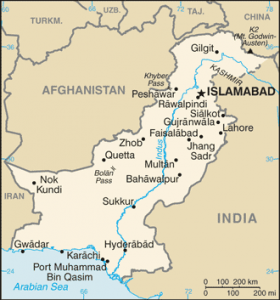The oldest victim to date from the “brain-eating amoeba”, Naegleria fowleri this year in Sindh province has become the eleventh fatality to the lethal parasitic disease, according to a Dawn.com report Sunday.

According to the report, the 57-year-old man had visited Pakistan after years in the United States and had no history of swimming. In fact, none of the eleven victims had a history of swimming.
During the summer of 2012, this area of Pakistan reported 10 Naegleria deaths.
According to the US Centers for Disease Control (CDC), Humans become infected when water containing Naegleria fowleri enters the nose, usually while swimming. People do not get infected by drinking contaminated water. The amoeba migrates to the brain along the olfactory nerve, through a bony plate in the skull called the cribriform plate, where it reaches the brain and begins to destroy the brain tissue. The amoeba has never been shown to have spread from one person to another.
Cases due to the use of neti pots and the practice of ablution have been documented. The practice of ablution is included in Yogic, Ayurvedic, and Islamic traditions. Within the Islamic faith, ritual nasal rinsing is included in a cleansing process called “wudu” or “ablution.” It is usually performed several times a day in preparation for prayer, according to the Centers for Disease Control and Prevention.
Naegleria fowleri is not found in salt water, like the ocean. For more infectious disease news andinformation, visit and “like” the Infectious Disease News Facebook page

